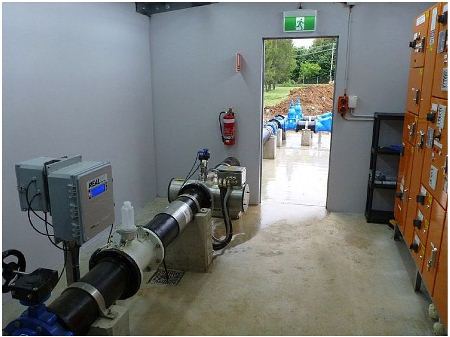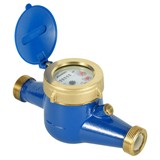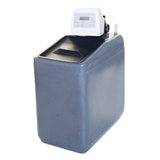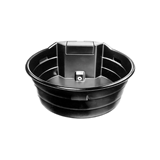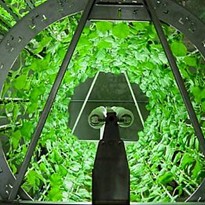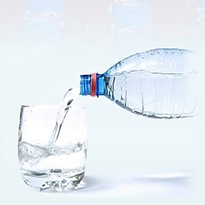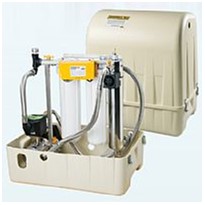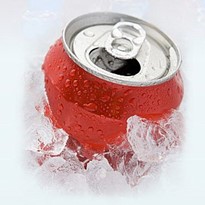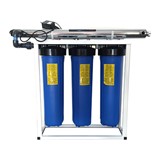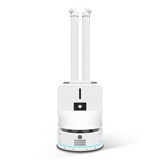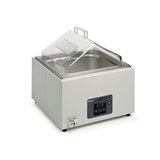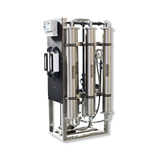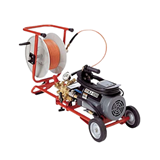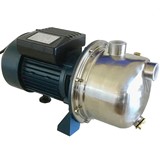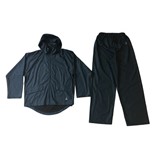The installation disinfects the filter backwash water at the plant and will help the town conserve its potable water supplies as well and provide substantial water savings over the long term.
No more discharge in lagoons
Serving a population of about 37,000, Bathurst’s water filtration plant currently has a water treatment capacity of 60,000 m3 per day. The filter backwash water, a by-product of the reverse flushing of the sand filters in the filtration plant, is discharged into the system’s three sludge lagoons, along with sludge from the sedimentation tank.
Previously the supernatant from the sludge lagoons was eventually decanted from the lagoons and discharged.
Disinfection of backwash supernatant, which is the clear liquid that collects above the sediment, can recover up to 10% of raw water supply while also avoiding the need for discharge flows into river systems.
Substantial water recovery
The water to be recovered at the present annual water consumption of about 6,000,000 m3 could be as much as 192,000 m3 per year with overall water to be saved estimated to be 13,000,000 m3 over 50 years.
The new system involved the construction of a supernatant pumping station to enable the automatic recycling of supernatant from the sludge lagoons into an in-ground well, and then into the first chamber of the rapid mix tank.
The contractor installed two submersible motor pumps for the pumping station at the in-ground well in addition to an electrical switchboard at the pumping well and other associated equipment, including a level control for the pumps and lifting chains for raising and lowering them for maintenance.
Automatically adjust UV dosage
The Berson UV disinfection system was fitted between the pumping station and the rapid mix tank to disinfect the recycled water from the sludge lagoons before returning it to the rapid mix tank. The system fully disinfects up to a flow rate of 0.06 m3 per second and has a variable power control to enable the UV dosage to be adjustable to suit operating conditions.
A PLC/SCADA telemetry system was installed to automatically or remotely control the operation of the recycle pumps and the UV system.
Broader UV wavelengths
The berson UV InLin uses multiWave lamps combining a wide spectrum of useful UV wavelengths with a very high energy output. This combination causes total and permanent deactivation of micro-organisms, and avoids photo reactivation which can be experienced when single wavelength lamps are used.
Conventional low-pressure lamps damage the DNA as a result of absorption of the monochromatic (254nm) wavelength. In this case it has been shown that the damaged microbes can repair themselves when exposed to natural light.
Small footprint
Using bersonMultiWave lamps, with their broad band polychromatic spectrum, not only the DNA is damaged but also other biomolecules are affected. This results in a lower repair tendency compared to monochromatic low-pressure UV lamps.
The compact size and high energy output of the bersonMultiWave lamps reduces the size of the irradiation chamber and quantity of lamps drastically. The in-line construction results in a very low head loss and small foot-print compared to conventional medium- and low-pressure UV systems.


